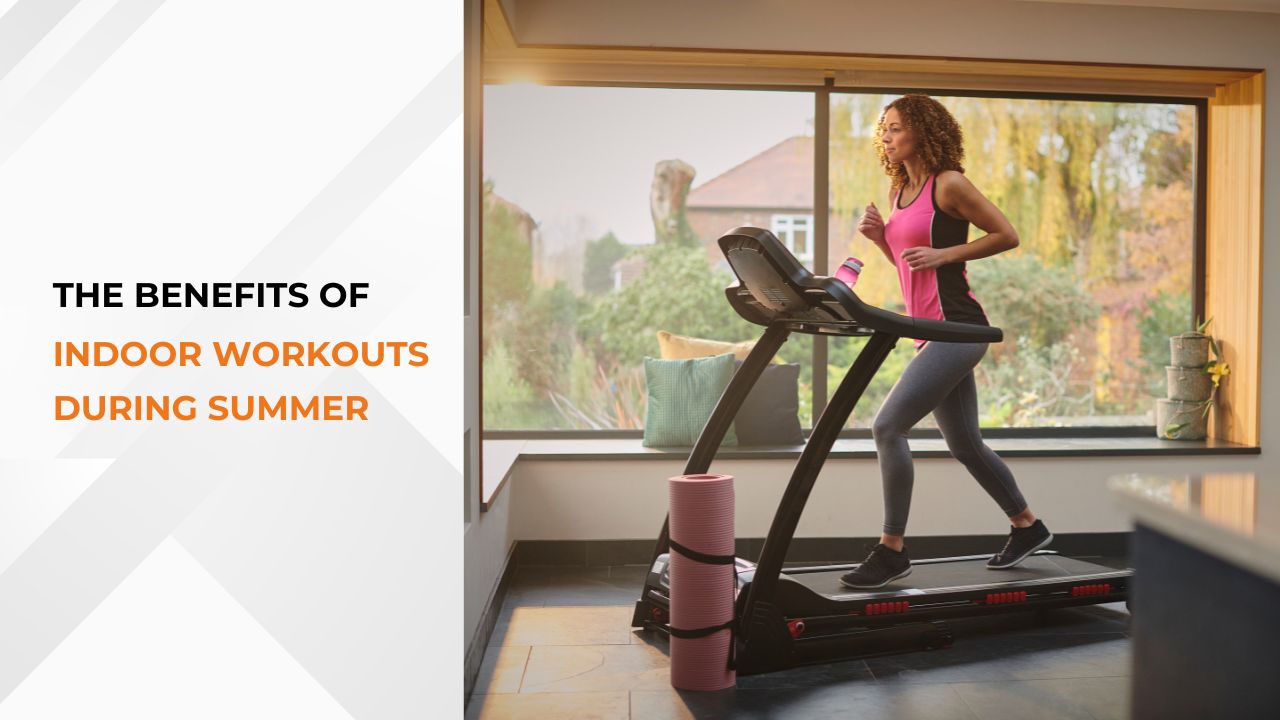Battle Ropes vs. Jumping Ropes: Which Exercise Burns More Calories?

When it comes to efficient, high-intensity workouts that boost cardiovascular health and burn calories quickly, both battle ropes and jumping rope are popular choices. But which one truly reigns supreme in terms of calorie-burning potential? Let’s break down the benefits, mechanics, and calorie-burning capacities of these two exercises to determine which might be the best fit for your fitness goals.
1. The Basics of Battle Ropes
Battle ropes are thick, heavy ropes anchored at one end, commonly used in strength and conditioning workouts. The user grips both ends of the rope and performs a series of dynamic, wave-like movements that engage the arms, shoulders, back, core, and legs.
Key Benefits of Battle Ropes:
- Full-Body Engagement: Unlike many other cardio exercises, battle ropes target multiple muscle groups simultaneously, providing a total-body workout.
- Variety of Movements: You can perform waves, slams, spirals, and whips, each emphasizing different muscles and levels of intensity.
- High-Intensity Calorie Burn: Battle ropes are a form of high-intensity interval training (HIIT), which is known for torching calories even after the workout ends.
Calorie-Burning Potential: Studies show that a 30-minute session with battle ropes can burn between 350 and 500 calories, depending on the intensity and the participant’s weight and fitness level. This makes it a powerful tool for both weight loss and endurance building.
2. The Mechanics of Jumping Rope
Jumping rope, also known as skipping, is a classic cardiovascular exercise that has been around for decades. It involves using a rope that passes under the feet and over the head repeatedly while jumping in rhythm.
Key Benefits of Jumping Rope:
- Portable and Convenient: A jump rope is inexpensive, lightweight, and easy to carry, making it perfect for on-the-go workouts.
- Improves Coordination and Balance: The rhythmic nature of jumping rope improves footwork, agility, and overall coordination.
- Intense Cardio Workout: Skipping is a fast-paced exercise that elevates the heart rate quickly, promoting cardiovascular health.
Calorie-Burning Potential: On average, jumping rope can burn approximately 10 to 16 calories per minute, depending on factors like speed, technique, and body weight. A 30-minute session can burn between 300 and 480 calories, making it a highly efficient workout for burning fat and improving cardiovascular endurance.
3. Calorie Burn Comparison: Battle Ropes vs. Jumping Ropes
To directly compare the calorie-burning efficiency of battle ropes and jumping rope, we need to consider several factors:
| Factor | Battle Ropes | Jumping Rope |
| Calories Burned (30 min) | 350 – 500 | 300 – 480 |
| Muscle Engagement | Upper body, core, lower body | Primarily lower body with core engagement |
| Intensity Control | Easily varied with different rope movements | Controlled by speed and jumping technique |
| Equipment | Heavy ropes and anchor required | Simple, portable jump rope |
Both exercises offer impressive calorie-burning potential, but battle ropes generally have a slight edge in total calorie burn due to the intense, full-body engagement. However, jumping rope holds its own as a compact, cost-effective, and highly accessible option.
4. Muscle Groups Activated
The muscles engaged during each exercise also contribute to calorie burn and overall effectiveness:
- Battle Ropes: Target the shoulders, biceps, triceps, chest, upper back, lower back, abs, and legs. The variety of motions allows for different muscle activation patterns, providing both strength and cardio benefits.
- Jumping Rope: Primarily engages the calves, quads, hamstrings, and glutes, while also activating the core and upper body to maintain proper posture and rhythm.
5. Other Benefits Beyond Calorie Burn
In addition to calorie-burning efficiency, each exercise offers unique benefits:
Battle Ropes:
- Increased Muscle Strength: The resistance provided by the ropes enhances muscular endurance and strength.
- Improved Coordination: The dynamic, alternating movements improve hand-eye coordination and reaction time.
- Mental Focus: The complexity of rope patterns keeps the mind engaged, improving concentration and mental stamina.
Jumping Rope:
- Bone Health: The impact of jumping helps build bone density.
- Improved Agility: Skipping improves footwork, making it a popular exercise for athletes.
- Heart Health: The rapid heart rate increase improves cardiovascular endurance and reduces the risk of heart disease.
6. Choosing the Right Exercise for Your Goals
When deciding between battle ropes and jumping rope, consider your personal fitness goals:
- For Maximum Calorie Burn and Full-Body Engagement: Choose battle ropes. The combination of strength and cardio makes it ideal for total-body conditioning.
- For Convenience and Portability: Jumping rope is the best option. It’s easy to pack, requires minimal space, and offers a fantastic cardio workout.
- For Improving Coordination and Agility: Both exercises are beneficial, but jumping rope has a slight edge for enhancing footwork and balance.
7. Can You Combine Both?
For an even more effective calorie-burning session, consider combining both exercises in a circuit. For example:
- Circuit Example:
- 30 seconds of battle rope waves
- 1 minute of jumping rope
- 30 seconds of battle rope slams
- 1 minute of double-unders with the jump rope
- Rest for 1 minute and repeat 3-5 times
This combination will challenge your endurance, coordination, and strength, delivering a high-calorie-burning workout.
Also Read: How Micro-Workouts Are Redefining Fitness for Busy Professionals
Conclusion
Both battle ropes and jumping rope are excellent calorie-burning exercises that improve cardiovascular health, build strength, and enhance coordination. While battle ropes might offer a slight advantage in total calorie burn due to their full-body engagement, jumping rope wins in portability and convenience. Ultimately, the best exercise for you depends on your fitness goals, equipment availability, and personal preference. Why not incorporate both into your routine for a varied, dynamic, and highly effective workout experience?

